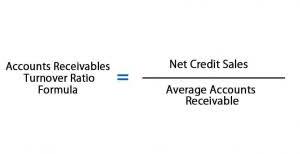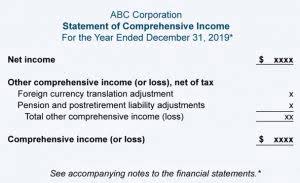
A series of cash overs and shorts may be a sign of theft or other problems in the company. The primary use of the cash over and short account is in cash-intensive retail or banking environments, as well as for the handling of petty cash. In these cases, cash variances should be stored in a single, easily-accessible account. This information is then used to https://www.bookstime.com/ track down why cash levels vary from expectations, and to eliminate these situations through the use of better procedures, controls, and employee training.
What is the Journal Entry to Record Sales Total with a Cash Overage?
In most companies, there are many occasions when a small amount of cash must be spent at short notice. In order to clearly understand this cash over and short, let’s go through the examples below.
Example of How the Cash Over and Short Account is Used
- A financial professional will offer guidance based on the information provided and offer a no-obligation call to better understand your situation.
- However, it should be replenished at the end of the accounting period in order to ensure that all expenses are properly recorded.
- Cash Over and Short is an income statement account used to track differences in cash collections from what is expected and what is actual.
- Alternatively, credit your cash short and over account by the amount of cash over.
Likewise, it can save us a bit of time and effort by including both cash shortage and cash overage into only one account. The cash shortage may happen often with the retail business as it deals a lot with small notes when making the sales and the cash sales are usually need to be reconciled daily. Meanwhile, other types of businesses usually only have a cash shortage when dealing with the petty cash when it is needed to be replenished (usually once a month). In this case one balance sheet asset (cash), has been increased by 1,488 when the cash is banked. I https://www.facebook.com/BooksTimeInc/ rang up a $95 pair of yoga pants correctly for $95, but I miscounted the cash I received for the pants. The customer unwittingly gave me $96 for the purchase, an error we both failed to catch.
Making Disbursements From the Fund

To accomplish the reimbursement, the treasurer’s office provides the requested amount (by check or currency) to the custodian. These expenditures include items such as postage, delivery expense, and minor office supplies (e.g., coffee). A financial professional will offer guidance based on the information provided and offer a no-obligation call to better understand your situation. Someone on our team will connect you with a financial professional in our network holding the correct designation and expertise. Our team of reviewers are established professionals with decades of experience in areas of personal finance and hold many advanced degrees and certifications. At Finance Strategists, we partner with financial experts to ensure the accuracy of our financial content.
- Only when the fund is reimbursed, or when the end of the accounting period arrives, does the firm make an entry in the journal.
- Meanwhile, other types of businesses usually only have a cash shortage when dealing with the petty cash when it is needed to be replenished (usually once a month).
- This is probably due to there have been many transactions for our retail business as it is near holiday resulting in errors in our calculation.
- Here is a video of the petty cash process and then we will review the steps in detail.
- The Cash Over and Short account will be used to balance the entry when the cash needed to get back to the petty cash account does not match the total of petty cash vouchers.
How confident are you in your long term financial plan?
However, it should be replenished at the end of the accounting period in order to ensure that all expenses are properly recorded. One of the conveniences of the petty cash fund is that payments from the fund require no journal entries at the time of payment. Thus, using a petty cash fund avoids the need for making many entries for small amounts. Only when the fund is reimbursed, or when the end of the accounting period arrives, does the firm make an entry in the journal. Debit your cash short and over account in your journal entry by the amount of cash short. Alternatively, credit your cash short and over account by the amount of cash over.


Both of these numbers reflect reality and you could verify them by (a) reconciling the bank statement to the checking account in the general ledger and (b) by looking in the cash box and counting the money in there. In this blog post, we’ll break down how to record a cash short journal entry so that you can feel confident in tracking the financials of your business. The cash overage journal entry is one of many bookkeeping entries used in accounting, discover another at the links below. Alternatively, if there had been too much cash in the petty cash box (a rare condition indeed!), the entry would be reversed, with a debit to cash and a credit to the cash over and short account. The cash over and short account is an excellent tool for tracking down fraud situations, especially when tracked at the sub-account level for specific cash registers, petty cash boxes, and so forth.
Cash management is a critical aspect of financial operations for any business. The ability to accurately track and handle cash transactions directly impacts the integrity of a company’s financial statements and its overall fiscal health. Discrepancies in cash handling, known as cash over and short situations, can signal underlying issues that need immediate attention.
Is Cash Over and Short a Debit or Credit?
In contrast, let’s assume that during the cash count, the actual cash from the cash sales is $495 the cash over and short account instead of $510. The account stores the amount by which the actual ending cash balance differs from the beginning book balance of cash on hand, plus or minus any recorded cash transactions during the period. After calculation, even though the total petty cash expenses are only $82 ($45+$25+$12), we need to replenish $85 ($100-$15) as we have only $15 cash on hand left. Likewise, the $3 difference is the cash shortage that we need to recognize as a small loss.


Add Comment